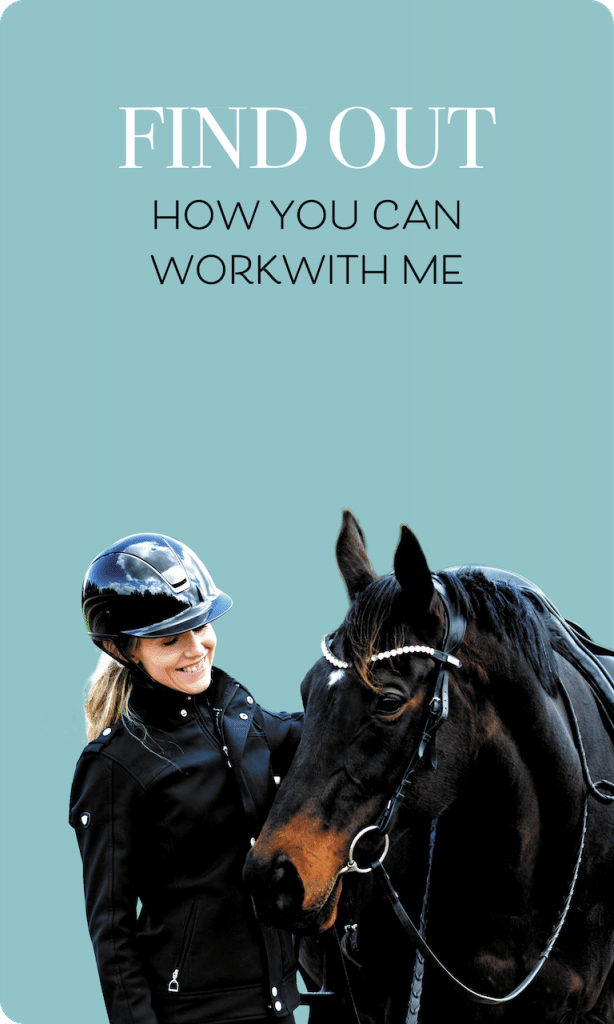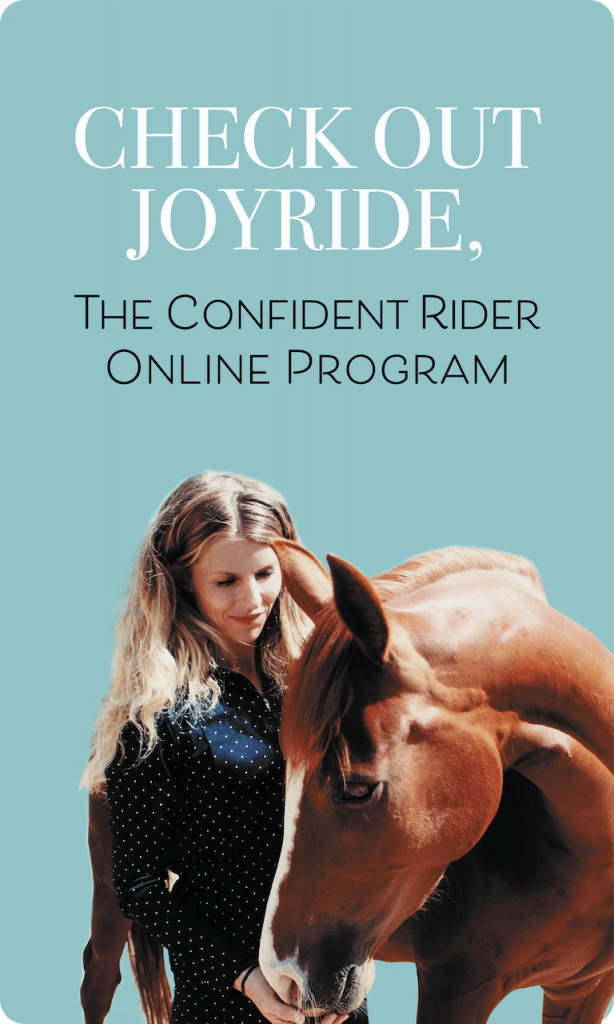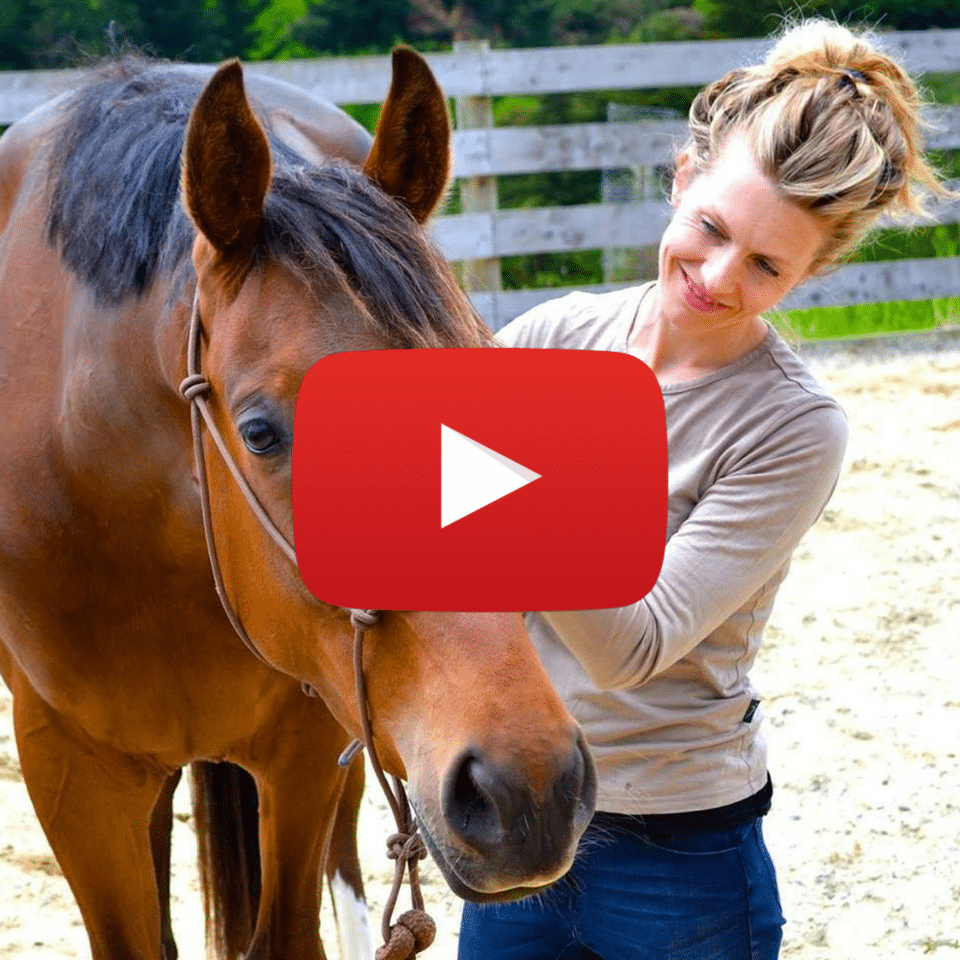I teach something called movement arcs or balance lines, which is all about learning how our horse’s centreline and back line move in space so we can best coordinate with their centre of balance when riding.
I love working and riding in this way because it allows me to focus on the body as a cohesive whole. The centreline is the one of the key organizing structures that the rest of the body organizes itself around; when I focus on centreline placement, the rest of my body can arrange itself so that no one part of it is compromised and compressed, and the entire structure remains open.
This is different from thinking about putting more weight down through one sitbone (for example) or more heavily weighting one foot, which compartmentalizes our focus and more often than not leads us into a pattern of micromanagement with the body from a conscious perspective, and one side being more “open” and one side being more “collapsed”.
Naturally, horses have their own patterns in their body, but I’m constantly blown away by just how influential we are as riders, and how subtle changes can make a massive difference. Horses, wherever possible, follow our balance. It’s just easier to. And for the most part, we have developed structural patterns where our centreline (a literal line that runs up the front of the body formed of the superficial and deep front line fascial trains) is fixed to one side or another and does not change its orientation in movement, forcing our horses into patterns of compensation to pick up the slack for us.
This week in JoyRide, we are focusing on riding a circle. This requires firstly understanding how our horse’s balance line moves on a circle, and then moving our centreline to match theirs. Moving our centreline requires a few things to be possible:
- The rib cage needs to be able to move independently of the centreline. Often they are moving as a block, which results in flaring of the ribs and leveraging through the lumbar spine.
- Moving the centreline is different from moving the entire torso. In fact, the tube of the body (everything you can touch) remains quite stable but the centreline becomes more mobile. It’s a fascial train and internal structural movement, rather than an outer body manipulation.
- The shoulder girdle needs to be sufficiently up off the rib cage and the abdominal wall stable enough for centreline to move
I use the visual of hula hoop arcs to demonstrate functional movement patterns in the body. It’s easier to explain visually so I’ve added descriptions under each of the photos that I screenshot off a video I made.
We are exploring this in my membership at the moment, and over the next month are looking at the balance lines of walk, trot and canter. Click here to join us!
❤️ Jane











